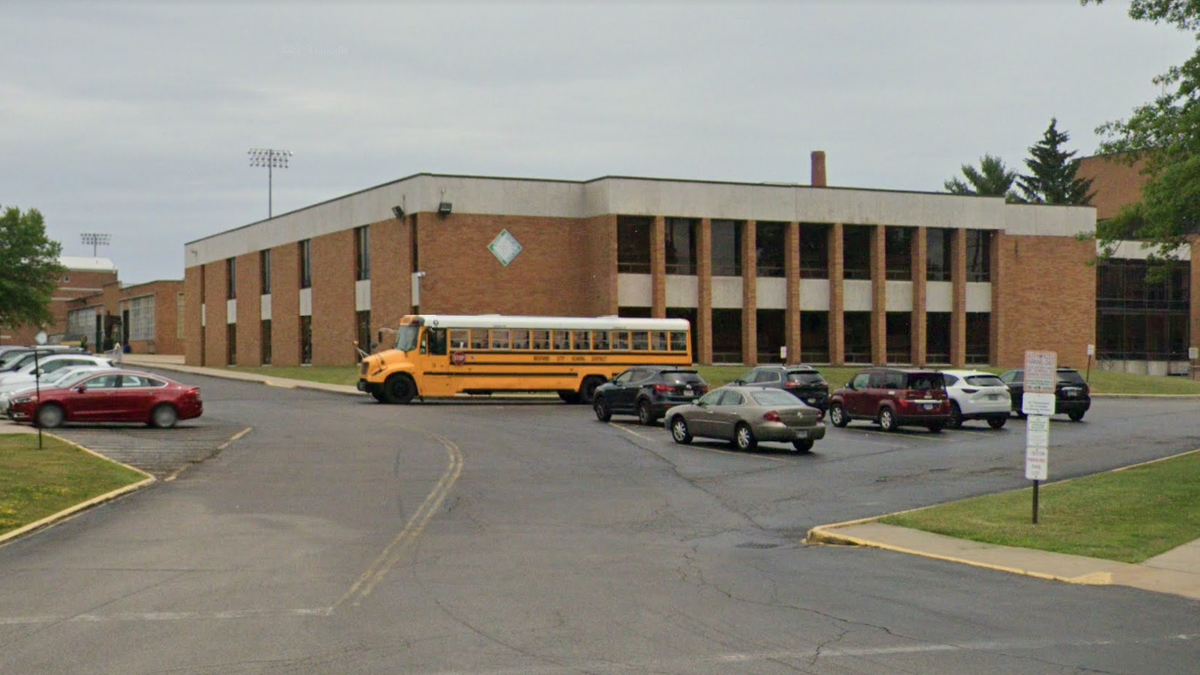Fox News Flash top headlines for November 1
Fox News Flash top headlines are here. Check out what's clicking on Foxnews.com.
Two Ohio school districts reportedly are scrambling to secure food for their students amid ongoing supply chain issues and labor shortages.
Bob Gorman, the food and nutrition supervisor at Parma City School District in the Cleveland area, told News 5 Cleveland that "costs have gone up quite substantially" and the district's schools have "had shortages on many items from bread to cereal to certain chicken products."
"One school may get a chicken patty, one may get chicken nuggets, one may get a chicken finger, one may get a hamburger that day," he added. "It’s really been hit or miss menu-wise with what we’re actually serving."

The Bedford School District has posted a message to the community about the impact of the food shortage on the district. Shown here is Bedford High School. (Google Maps)
The nearby Bedford City School District also says it is "working hard to keep the students in our district fed."
In a letter that Jennifer Dickson, its nutrition supervisor, wrote to the community in early October, she warned that the "food shortage is beginning to really impact what we are going to be able to serve our children.
"Many hours are spent each week ordering and reordering to search for items to cover out of stock items with foods as close to the items listed on the menus as possible," reads the letter, which is posted on the district’s website. "Each week there are more and more items out of stock."
"Outages are trickling down through commodity items and now into many commercial products and even water and beverages," she added. "Paper products including serving trays, plastic ware, portion cups, Styrofoam bowls of any kind and even paper bags are becoming hard if not impossible to acquire."
In an interview with News 5 Cleveland, Dickson said she used to "enjoy" planning the menus for children but now it has become "really difficult."
CLICK HERE TO GET THE FOX NEWS APP
The number of meals served to students also has nearly doubled compared to this time last year -- up to around 50,000 from 20,000 -- because of the coronavirus pandemic and the U.S. Department of Agriculture extending its free school breakfast and lunch meals program through this academic year, the station adds.
"As time goes by, the numbers are increasing," Dickson said. "Our staff is not increasing, unfortunately... we’re using more and more [food]. It’s definitely been a struggle."



